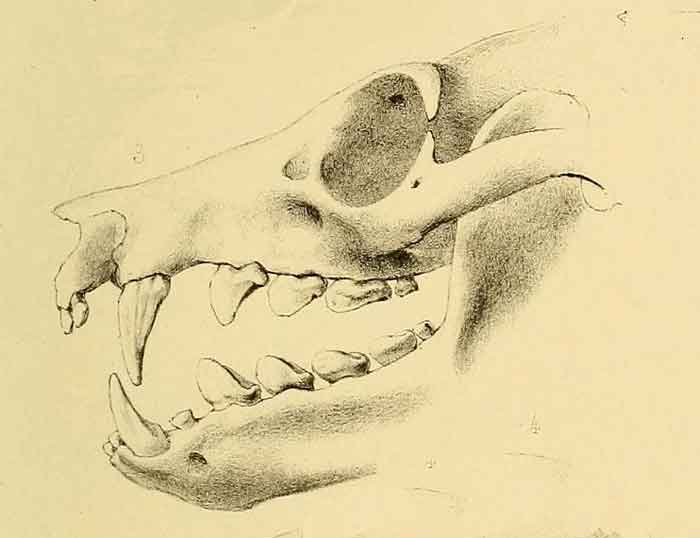
Superregnum: Eukaryota
Cladus: Unikonta
Cladus: Opisthokonta
Cladus: Holozoa
Regnum: Animalia
Subregnum: Eumetazoa
Cladus: Bilateria
Cladus: Nephrozoa
Superphylum: Deuterostomia
Phylum: Chordata
Subphylum: Vertebrata
Infraphylum: Gnathostomata
Megaclassis: Osteichthyes
Cladus: Sarcopterygii
Cladus: Rhipidistia
Cladus: Tetrapodomorpha
Cladus: Eotetrapodiformes
Cladus: Elpistostegalia
Superclassis: Tetrapoda
Cladus: Reptiliomorpha
Cladus: Amniota
Cladus: Synapsida
Cladus: Eupelycosauria
Cladus: Sphenacodontia
Cladus: Sphenacodontoidea
Cladus: Therapsida
Cladus: Theriodontia
Cladus: Cynodontia
Cladus: Eucynodontia
Cladus: Probainognathia
Cladus: Prozostrodontia
Cladus: Mammaliaformes
Classis: Mammalia
Subclassis: Trechnotheria
Infraclassis: Zatheria
Supercohors: Theria
Cohors: Eutheria
Infraclassis: Placentalia
Cladus: Boreoeutheria
Superordo: Laurasiatheria
Cladus: Scrotifera
Ordo: Chiroptera
Subordo: Yinpterochiroptera
Familia: Pteropodidae
Subfamilia: Pteropodinae
Tribus: Pteropodini
Genus: Pteropus
Species: Pteropus aruensis
Name
Pteropus aruensis Peters, 1867
Type locality: Indonesia, Aru Islands.
Synonyms
fumigatus Rosenberg, 1867
rubiginosus Rosenberg, 1867
References
Peters. 1867. Monatsberichte der Koniglich Preussischen Akademie der Wissenschaften zu Berlin, 1867: 330.
Distribution
Aru Islands (Indonesia).
Vernacular names
English: Aru Flying Fox.
The Aru flying fox (Pteropus aruensis) is a Critically Endangered species of megabat found in the Aru Islands in Indonesia. It was described by Wilhelm Peters in 1867.[1] It was formerly considered a subspecies of the black-bearded flying fox.[2] The species is poorly known, and has not been encountered since the 19th century. It is classified as critically endangered by the IUCN and is listed on CITES appendix II.[1]
Taxonomy
As the Pteropus genus is quite speciose, it is further divided into species groups. The Aru flying fox is placed in the livingstonii species group. Other members of this species group include:
Livingstone's fruit bat (P. livingstonii)
Black-bearded flying fox (P. melanopogon)
Kei flying fox (P. keyensis)[3]
There is ongoing debate about whether the Aru flying fox is a distinct species.[1] Some believe that it is a subspecies of the black-bearded flying fox,[4] while others believe that it is distinct enough to be considered a species.[5]
Description
They are similar in appearance to the black-bearded flying fox.[6] The fronts of their heads are a combination of gray, black, and yellowish-white. The backs of their heads are rust-colored, and their chins are a deep red. Their necks are rust or rust-brown in color, creating the appearance of a chestnut collar.[7][6] Their backs are glossy, yellowish-white, with some black hairs sprinkled throughout.[7][6] Their lower ventral sides are variable in color, and can be black and rusty yellow, or black and rusty brown. Their upper ventral sides along the sternum are dark brown to black.[7] Their forearms are 190–191 mm (7.5–7.5 in) long.[5]
Conservation
This species is possibly extinct. In 2017, a statistical model assessed the extinction probability of 23 mammal species that have been missing since the 19th century. The Aru flying fox was one of the five species that the model determined was almost certainly extinct. There has not been a confirmed sighting of this species since 1877.[8] The IUCN currently lists this species as critically endangered on the basis that there are most likely fewer than 50 remaining. Expeditions sponsored by the Western Australia Museum in the 1990s were unsuccessful in locating any individuals. However, a toothless jawbone discovered in 1992 "probably represents this species." It is a large and colorful bat, so it is speculated that hunting played a role in its decline and possible extinction.[1]
References
Tsang, S.M. (2016). "Pteropus aruensis". IUCN Red List of Threatened Species. 2016: e.T136504A21974958. doi:10.2305/IUCN.UK.2016-2.RLTS.T136504A21974958.en. Retrieved 12 November 2021.
Simmons, N.B. 2005. Order Chiroptera. Pp. 312–529 in Wilson, D.E. and Reeder, D.M. (eds.). Mammal Species of the World: a taxonomic and geographic reference. 3rd ed. Baltimore: The Johns Hopkins University Press, 2 vols., 2142 pp. ISBN 978-0-8018-8221-0. Simmons, N.B. 2005. Order Chiroptera. Pp. 312–529 in Wilson, D.E. and Reeder, D.M. (eds.). Mammal Species of the World: a taxonomic and geographic reference. 3rd ed. Baltimore: The Johns Hopkins University Press, 2 vols., 2142 pp. ISBN 978-0-8018-8221-0
Tsang, S. M. (2015). Phylogeography of Southeast Asian flying foxes (Chiroptera: Pteropodidae: Pteropus). City University of New York.
Laurie, E.M.O. and Hill, J.E. 1954. List of land mammals of New Guinea, Celebes and adjacent islands 1758-1952. Trustees of the British Museum (Natural History), London, UK.
Bergmans, W. 2001. Notes on distribution and taxonomy of Australasian bats. I. Pteropodinae and Nyctimeninae (Mammalia, Megachiroptera, Pteropodidae). Beaufortia 8(51): 119-152.
Andersen, Knud (1912). "Catalogue of the Chiroptera in the collection of the British Museum". X-Ray Optics and Instrumentation. 1. London: 241–243. ISSN 1687-7632.
Peters, Wilhelm (1867). "über die Flederhunde, Pteropi, und insbesondere über die Arten der Gattung Pteropus s.s." Monatsberichte der Königlich Preußischen Akademie der Wissenschaften zu Berlin. 1867: 319–333. Retrieved 28 August 2017.
Lee, T. E., Fisher, D. O., Blomberg, S. P., & Wintle, B. A. (2017). Extinct or still out there? Disentangling influences on extinction and rediscovery helps to clarify the fate of species on the edge. Global change biology, 23(2), 621-634.
Retrieved from "http://en.wikipedia.org/"
All text is available under the terms of the GNU Free Documentation License

